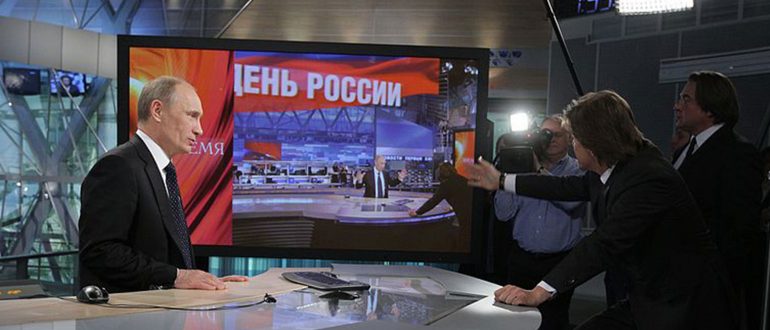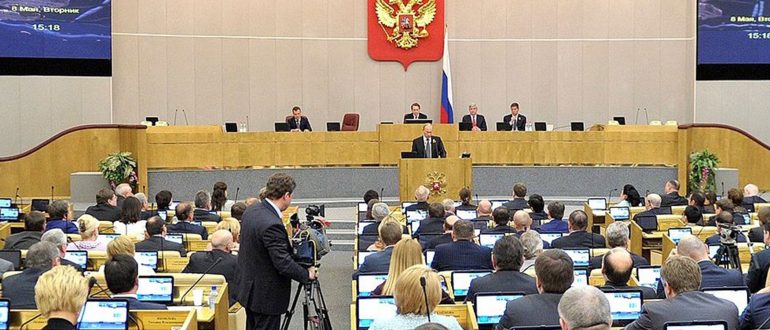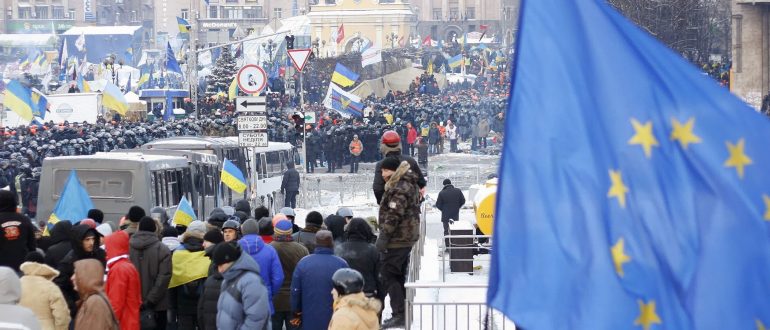Breaking away for good
Ukraine’s unexpectedly matured society leaves the post-Soviet space. Why is Ukraine politically different from its Russian “brother nation” and who are the people behind Maidan?
Ukraine’s unexpectedly matured society leaves the post-Soviet space. Why is Ukraine politically different from its Russian “brother nation” and who are the people behind Maidan?Starting a public protest with a tweet is nothing new in 2014, and yet it is fascinating that the Ukrainian set of events was kicked off by the short Facebook post of a prominent investigative journalist. This post led to thousands of Ukrainians gathering at the Maidan (Kyiv’s main square), followed by the terrible shootings of protesters a few months later and, eventually, the ousting of President Yanukovych. In less than a year, Ukraine went from a stagnating border nation for both the EU and Russia to a key playground for the changing security arrangement in Europe.
1. “The UnRussia”
On the verge of the USSR’s crumbling in the early 90s, Ukraine was at the forefront of the heavy industries of the Soviet Union. The eastern region was full of factories, mines, and refineries, most of these being supplied with raw materials from across the former Union and especially Russia. Their products were shipped back to complement the emerging aerospace and military industry, car manufacturers, and other consumers of heavy industrial goods across the Soviet republics.
Upon the dissolution of the Soviet state, the industrial links remained, but the supply of resources moved from being purely a business exercise to questions of political leverage. What is more, the resources available in Russia in such abundance allowed its government to compensate for inefficient economic policies with extensive rents from selling oil and gas which, according to EIA, amounted to 52 percent of budget revenues. Ukraine, on the other hand, did not and does not have such an option, as most natural resources need to be imported. Thus, smarter policies needed to be introduced as the country developed to foster a new, more resource-efficient and competitive economy. Ukrainian governments seemed reluctant to introduce the much-needed reforms, while the later Yanukovych presidency took an even steeper turn by leaning towards a less liberal Russian model, unable to back it up with financial resources to maintain an acceptable quality of life for its citizens.
2. Ukrainian Spring?
From the late 90s on, just about anything progressive or efficient was deemed “European”, while the EU’s culture was seen as a benchmark for good living. The middle class was slowly forming in Ukraine, and with more and more people traveling abroad, doing cross-border business and studying in the EU and beyond, the younger generation was naturally looking westward. Fast forward to late November 2014 and you would see exactly these people on the Maidan – young students, small business owners, journalists and professionals under 40 years old. Therefore, the notorious Association Agreement had such a response in society not because of the free trade area it was introducing, but because it was declaring an official acceptance of societal values that the new generation of citizens was so keen to live by. However, when interviewed three months later, the most important reasons the protesters gave for remaining at the Maidan were the unjust treatment of protesters by the government and “a desire to change life in Ukraine”. So was that, in fact, an emerging-middle-class Ukrainian Spring?
It’s true that the protest was ignited by the need for change and the will of the younger generation of Ukrainians to progress towards a more Western society. But what made the protests truly numerous and representative of all social classes was the violent crackdown of the riot police on the activists. It was only after each violent attempt to clear the central streets of Kyiv that more and more people joined from across Ukraine to protest against such treatment from the government. Consequently, having started as revolt of the young, the protest gained rampant traction with a notion that resonated universally with the wider populace – that the post-Soviet centralized governance model has failed and that the government needs to adapt or leave.
Oleg Shymanskyi
Oleg Shymanskyi is a political scientist and former member of the European Youth Parliament who currently works as a freelance analyst, covering the conflict in Ukraine.
This article was also published by the debate magazine “The European” as part of our media cooperation. Access the publication here.
Starting a public protest with a tweet is nothing new in 2014, and yet it is fascinating that the Ukrainian set of events was kicked off by the short Facebook post of a prominent investigative journalist. This post led to thousands of Ukrainians gathering at the Maidan (Kyiv’s main square), followed by the terrible shootings of protesters a few months later and, eventually, the ousting of President Yanukovych. In less than a year, Ukraine went from a stagnating border nation for both the EU and Russia to a key playground for the changing security arrangement in Europe.
1. “The UnRussia”
On the verge of the USSR’s crumbling in the early 90s, Ukraine was at the forefront of the heavy industries of the Soviet Union. The eastern region was full of factories, mines, and refineries, most of these being supplied with raw materials from across the former Union and especially Russia. Their products were shipped back to complement the emerging aerospace and military industry, car manufacturers, and other consumers of heavy industrial goods across the Soviet republics.
Upon the dissolution of the Soviet state, the industrial links remained, but the supply of resources moved from being purely a business exercise to questions of political leverage. What is more, the resources available in Russia in such abundance allowed its government to compensate for inefficient economic policies with extensive rents from selling oil and gas which, according to EIA, amounted to 52 percent of budget revenues. Ukraine, on the other hand, did not and does not have such an option, as most natural resources need to be imported. Thus, smarter policies needed to be introduced as the country developed to foster a new, more resource-efficient and competitive economy. Ukrainian governments seemed reluctant to introduce the much-needed reforms, while the later Yanukovych presidency took an even steeper turn by leaning towards a less liberal Russian model, unable to back it up with financial resources to maintain an acceptable quality of life for its citizens.
2. Ukrainian Spring?
From the late 90s on, just about anything progressive or efficient was deemed “European”, while the EU’s culture was seen as a benchmark for good living. The middle class was slowly forming in Ukraine, and with more and more people traveling abroad, doing cross-border business and studying in the EU and beyond, the younger generation was naturally looking westward. Fast forward to late November 2014 and you would see exactly these people on the Maidan – young students, small business owners, journalists and professionals under 40 years old. Therefore, the notorious Association Agreement had such a response in society not because of the free trade area it was introducing, but because it was declaring an official acceptance of societal values that the new generation of citizens was so keen to live by. However, when interviewed three months later, the most important reasons the protesters gave for remaining at the Maidan were the unjust treatment of protesters by the government and “a desire to change life in Ukraine”. So was that, in fact, an emerging-middle-class Ukrainian Spring?
It’s true that the protest was ignited by the need for change and the will of the younger generation of Ukrainians to progress towards a more Western society. But what made the protests truly numerous and representative of all social classes was the violent crackdown of the riot police on the activists. It was only after each violent attempt to clear the central streets of Kyiv that more and more people joined from across Ukraine to protest against such treatment from the government. Consequently, having started as revolt of the young, the protest gained rampant traction with a notion that resonated universally with the wider populace – that the post-Soviet centralized governance model has failed and that the government needs to adapt or leave.
Oleg Shymanskyi
Oleg Shymanskyi is a political scientist and former member of the European Youth Parliament who currently works as a freelance analyst, covering the conflict in Ukraine.
This article was also published by the debate magazine “The European” as part of our media cooperation. Access the publication here.



